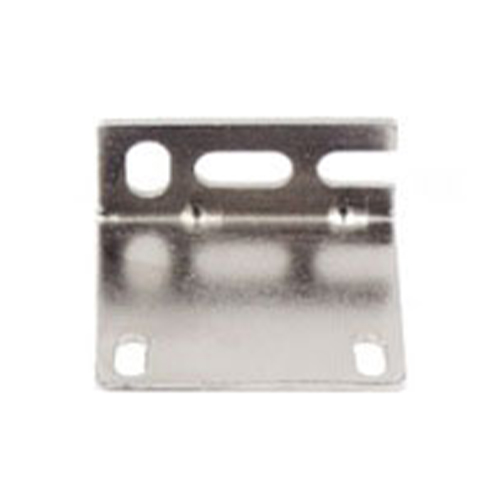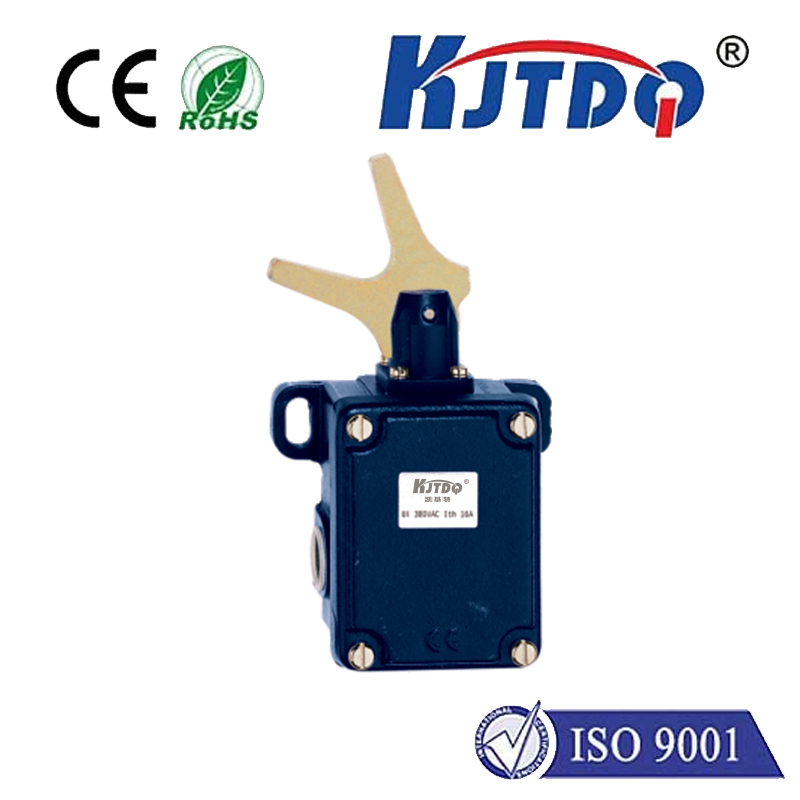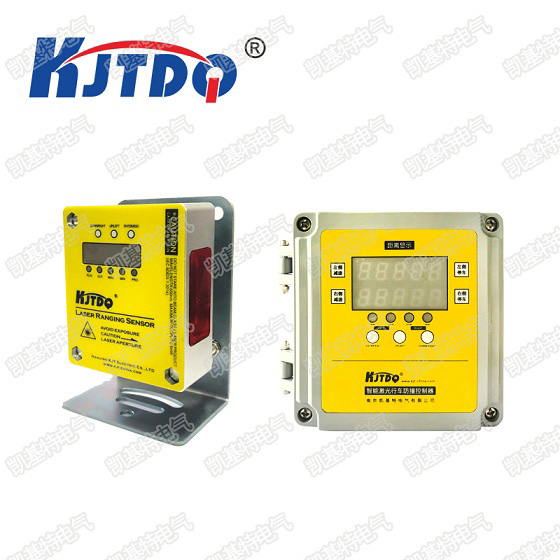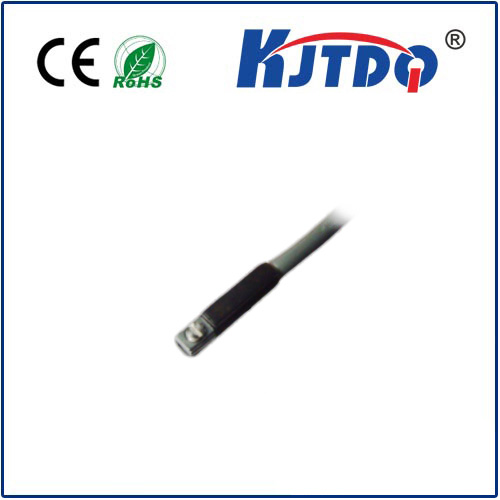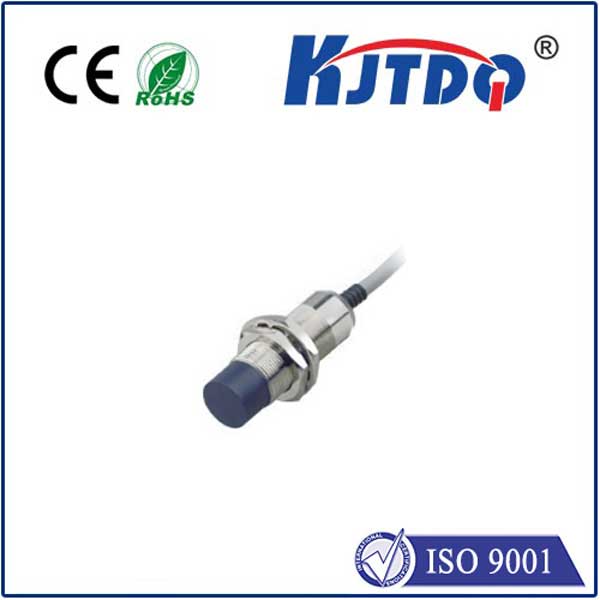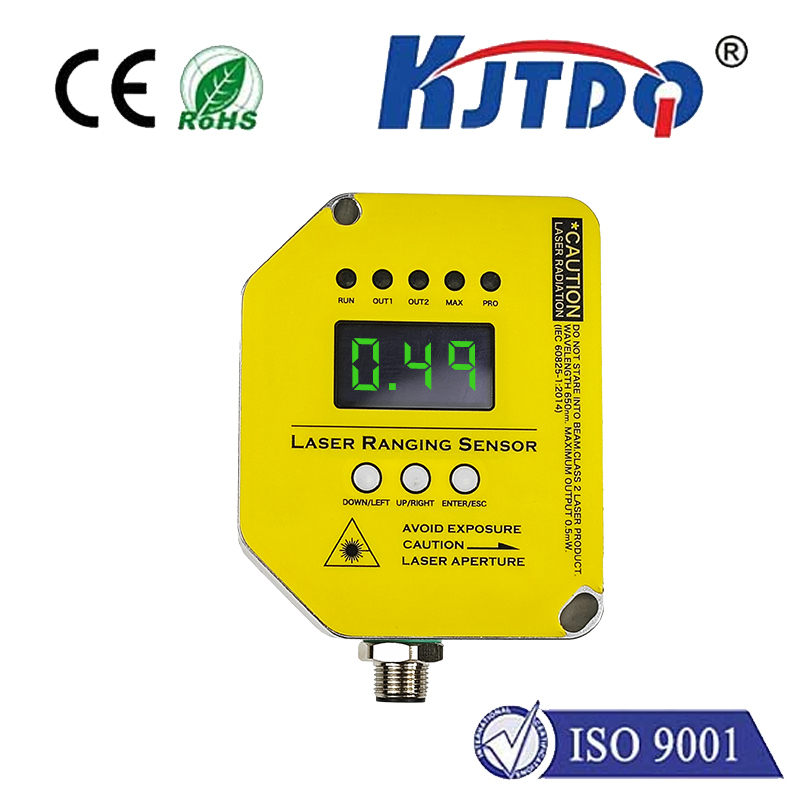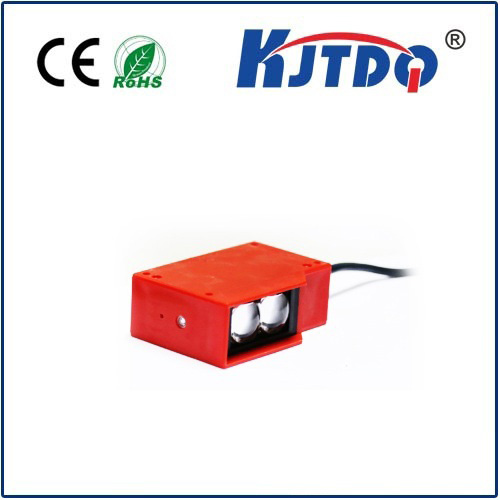

check

check

check

check

check

check

check

check

check

check
Proximity sensors, also known as ultrasonic sensors or distance sensors, have been widely used in various industrial and commercial applications. These sensors work by emitting a low-frequency sound wave and measuring the time it takes for the sound to bounce back, thereby determining the distance between the sensor and the object being sensed. Despite their simplicity and reliability, proximity sensors have not been widely adopted in non-contact sensing applications due to concerns about electromagnetic interference (EMI) and radio frequency interference (RFI). However, recent advancements in sensor technology have paved the way for the development of "no EMI/RFI" proximity sensors that can be safely used in non-contact sensing applications.
One such sensor is the Zigbee Proximity Sensor which operates on the Zigbee protocol, a wireless communication technology that uses low-power radio waves. Unlike traditional proximity sensors which rely on infrared or visible light signals, Zigbee Proximity Sensors do not emit any RF radiation, making them safe for use in homes, hospitals, and other sensitive environments. Additionally, Zigbee Proximity Sensors are designed to be highly accurate and reliable, providing precise measurements within a few centimeter accuracy range.
Another promising development is the use of magnetic resonance imaging (MRI) technology to create no EMI/RFI proximity sensors. MRI involves using high-frequency magnetic fields to generate detailed images of internal structures in the body. By applying this technique to proximity sensors, researchers have developed devices that can detect the presence of an object without emitting any EMIORFAI radiation. These sensors could potentially revolutionize healthcare applications such as medical imaging and remote monitoring.
In conclusion, while proximity sensors have been primarily used for contact sensing applications in the past, advances in sensor technology have opened up new possibilities for their use in non-contact sensing applications. The development of "no EMI/RFI" proximity sensors based on Zigbee protocol and MRI technology represents an exciting step towards creating safer and more accurate non-contact sensors with a wide range of potential applications.

